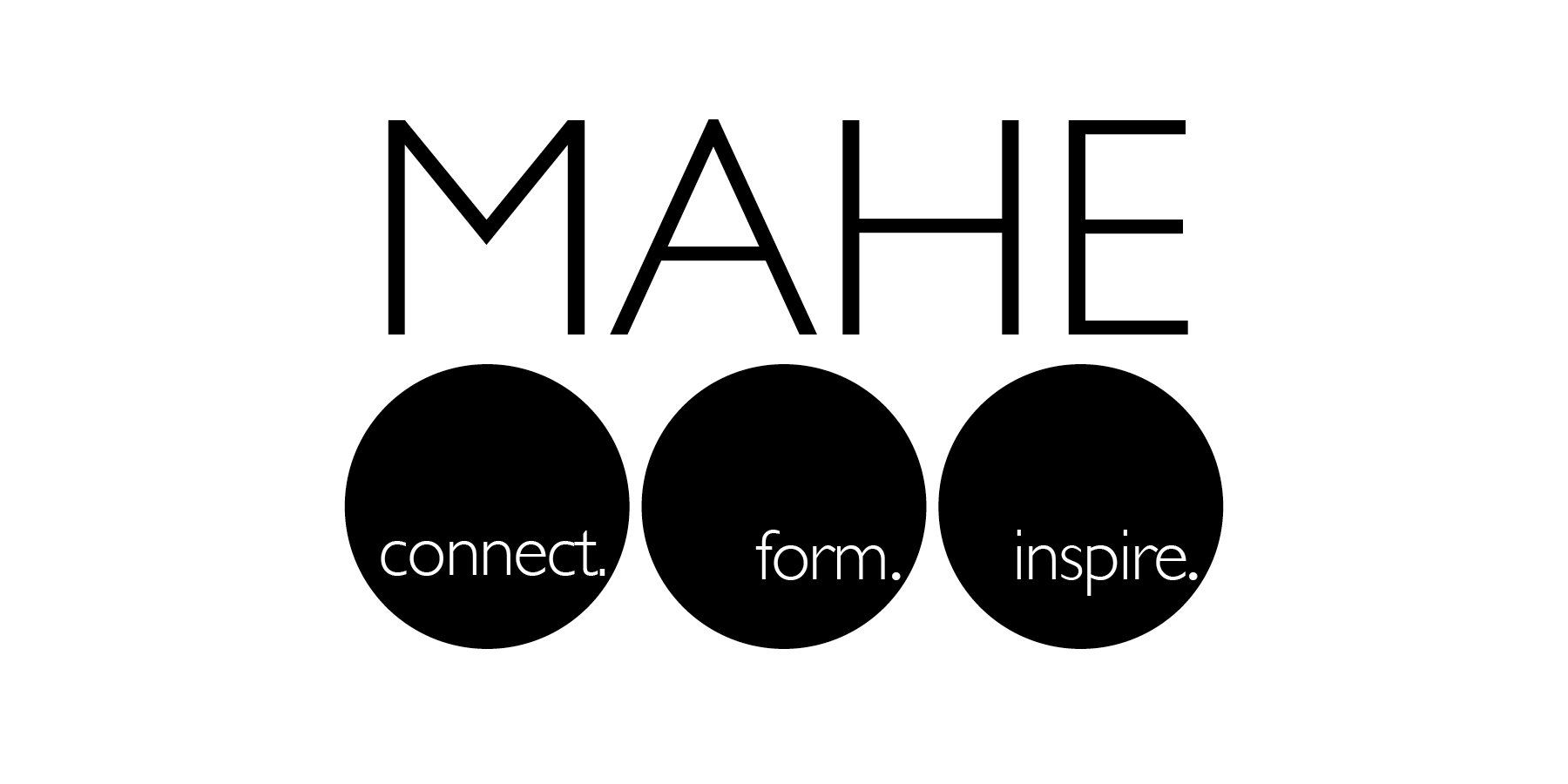Master of Arts in Higher Education (MAHE) Theses
Date of Award
2013
Document Type
Thesis
Degree Name
Master of Arts (MA)
First Advisor
Scott Moeschberger
Second Advisor
C. Skip Trudeau
Third Advisor
Scott Gaier
Abstract
This study was focused on the gap year taken between the completion of high school and entry to college, also known as a pre-college gap year. The goal of the research was to understand the growth that comes from the experience of a gap year as well as the transition process upon entering the university setting. The question used to guide the research is as follows: What is the impact of a pre-college gap year devoted to service on the student’s transition into the first year experience as well as the overall impact on a student’s college experience? Understanding student transition, particularly the gap year experience transition process, will help higher education professionals to better meet the needs of a growing population of students. A qualitative method was used to measure the development and progression of the students’ transition to college following a pre-college gap year. There were a total of seven participants who were all female and in their freshman or sophomore year. Employing a grounded theory methodology, this research allowed for participants to speak freely in an interview format. The use of this method allowed the results to speak for themselves as themes emerged from the interview content (Glaser, 1992). The three main themes which emerged from the study were divided into subthemes and categories. Cultural awareness, identity development, and faith formation were themes that emerged as significant aspects of the gap year experience. Consequently the themes of expectation, college readiness, challenges and connection were themes important to the transition process itself. There are a number of key experiences that develop positive characteristics in these students. The better higher education professionals can reach this growing population, the more equipped they will be to help students build on the growth that has already taken place during the gap year.
Recommended Citation
Cline, Julie M., "Minding the Gap: Impact of Pre-College Gap Year on Transition to College" (2013). Master of Arts in Higher Education (MAHE) Theses. 109.
https://pillars.taylor.edu/mahe/109


